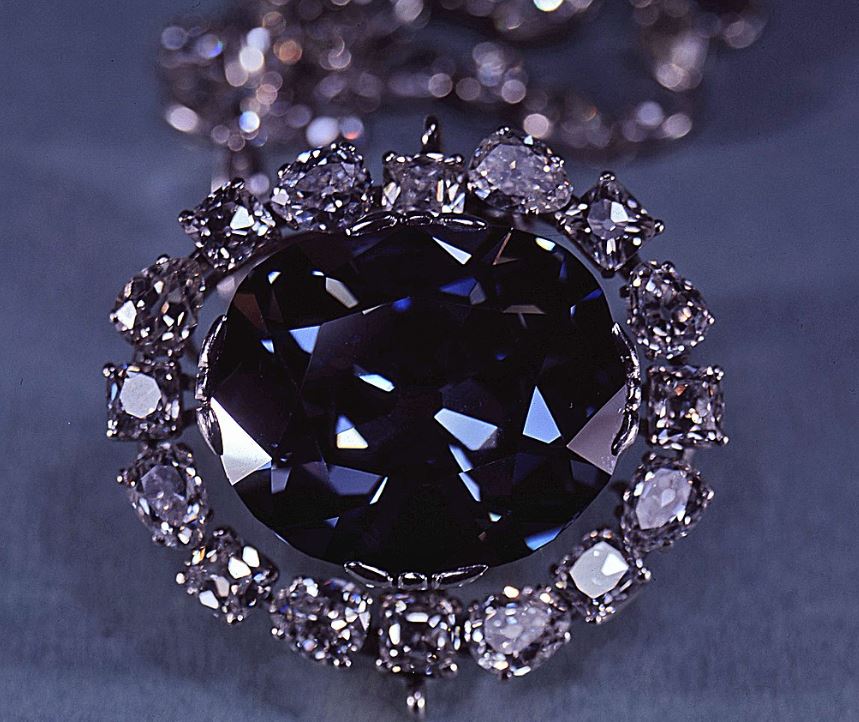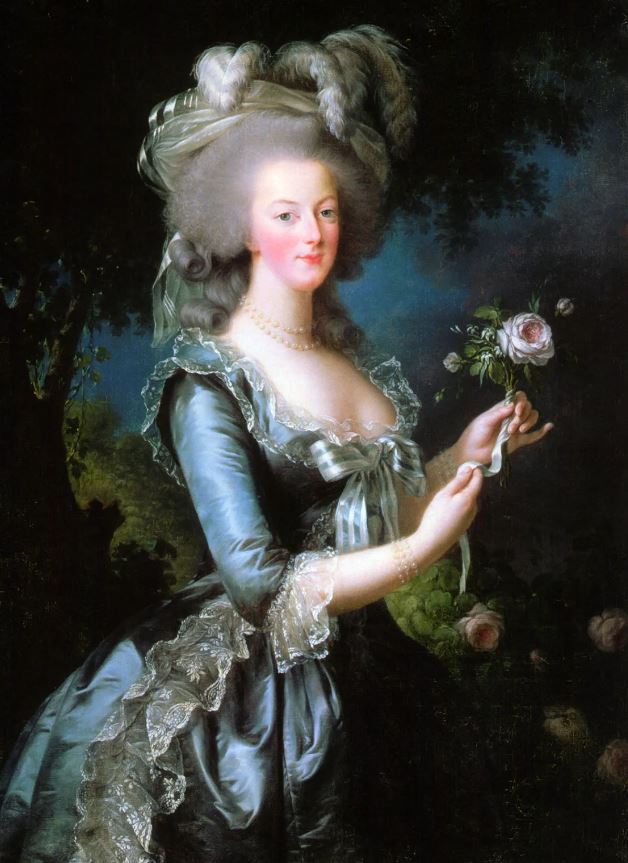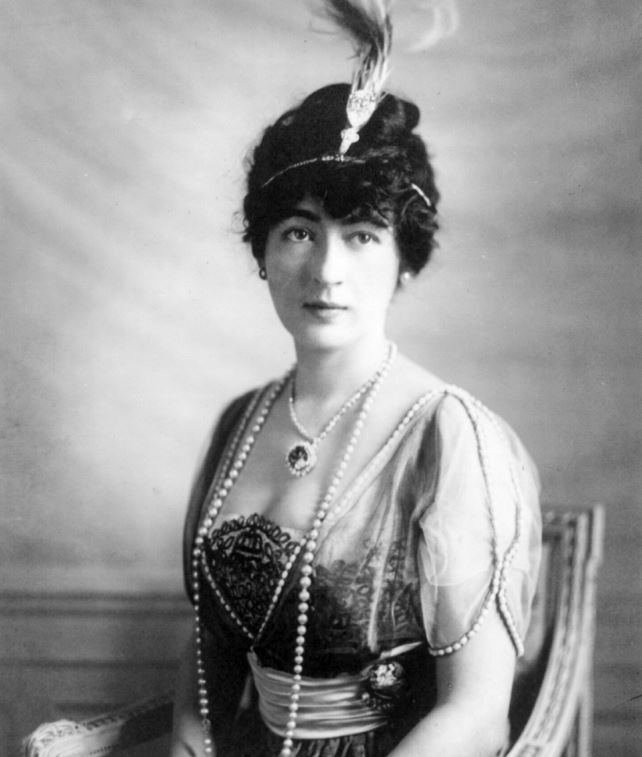
The Hope Diamond is one of the most famous and historically significant gemstones in the world, renowned not only for its extraordinary; impressive size and deep blue hue but also for its storied past and the infamous curse that is said to accompany it. Whether one believes in its curse or views it as a mere legend, the Hope Diamond continues to capture the imagination of those who gaze upon it. This article delves into the gem’s history, its scientific properties, and the legends that have surrounded the famous rock for centuries.
The story of the Hope Diamond begins in the 17th century with the discovery of a large blue diamond in the Kollur mine in India. This diamond, weighing an estimated 112 carats, was purchased by the French gem merchant Jean-Baptiste Tavernier in 1666. It became known as the Tavernier Blue.
Jean-Baptiste Tavernier, was a renowned figure in the 17th century, known for his extensive journeys to the East, particularly India, where he amassed a considerable fortune through trade, including acquiring precious gemstones such as the Hope Diamond.
According to the legend, Tavernier acquired the diamond in the mid-17th century during one of his trips to India, where he traded with local rulers and merchants. The details vary in different accounts, but the core of the curse legend revolves around Tavernier’s subsequent misfortunes after obtaining the diamond.
In 1668, Tavernier sold the diamond to King Louis XIV of France. The stone was recut and set into a pendant as a ceremonial piece of jewelry by the court jeweler, receiving the name the French Blue (“Le Bleu de France”). After the recutting, it weighed approximately 67 carats. The diamond became part of the French crown jewels and was apparently worn by King Louis XIV on ceremonial occasions. It is said that after selling the Hope Diamond, Tavernier met a grisly end. The specific tale often recounted is that he was mauled to death by wild dogs while traveling in Russia. This tragic fate is commonly cited as an example of the curse manifesting its power over those who possess or handle the diamond.
However, historical records from that time are sparse and often unreliable when it comes to verifying such events. Scholars and historians have noted discrepancies in the details of Tavernier’s death, casting doubt on the precise circumstances surrounding his demise. Some accounts suggest he died peacefully in his bed in Russia in 1689, at an advanced age, which contradicts the dramatic and tragic ending popularized by the curse legend.

Marie Antoinette and Louis XVI, the last queen and king of France respectively, are often associated with the Hope Diamond due to their tragic fates during the French Revolution, as both were executed, convicted of betrayal to the people of France.
Marie Antoinette, born an archduchess of Austria, married Louis XVI in 1770, forging an alliance between Austria and France. As queen, Marie Antoinette became a symbol of extravagance and excess in the eyes of the French people, contributing to the monarchy’s unpopularity during a time of economic hardship. She was known for her love of luxury and jewels, and it is believed she worn the Hope Diamond, given its prominence among European aristocrats of the time.
During the French Revolution, Marie Antoinette and her family were imprisoned as the revolutionaries sought to abolish the monarchy. In 1793, she was tried and convicted of treason and sentenced to death. On October 16, 1793, Marie Antoinette was executed by guillotine at the Place de la Révolution (now Place de la Concorde) in Paris, marking the end of her tumultuous life. Louis XVI, her husband received a similar fate.
During the turbulent years of the French Revolution, in 1792, the French Blue, along with other jewels of the French Monarchy, were stolen. The great diamond disappeared for several decades, leading to various legends and speculations about its fate.
Some may ask why is the Hope a blue diamond? The Hope Diamond is blue due to the presence of trace amounts of the element boron within its crystal structure. When boron atoms are present in the diamond lattice, they absorb red, yellow, and green light, causing the diamond to reflect blue light, which gives it its distinctive blue hue.
It is classified as a Type IIb diamond. Unlike other diamonds, Type IIb diamonds can conduct electricity, which is another effect of the boron atoms in their structure. Perhaps, some say this ability to conduct electrical energies creates a connection to the karma of the misfortunate owners of the Hope Diamond over the past number of centuries. Can this be the reason the diamond is so harmful to the many generations of individuals of wealth and prosperity?
Another noteable fact is the huge diamond glows an eerie red under ultraviolet (UV) light due to a scientific phenomenon called fluorescence. This occurs because of the diamond’s unique composition and the presence of specific impurities and structural defects within the crystal lattice structure of the mineral. The reddish glow is also said to represent death and misfortune to all who are associated with it.

Evalyn Walsh McLean, an American heiress and socialite, is perhaps the most famous owner of the Hope Diamond in the 20th century. Her life became intricately intertwined with the diamond, and her experiences further fueled the mystique surrounding its alleged curse.
In 1911, she purchased the Hope Diamond from the renowned jeweler Pierre Cartier. McLean, known for her flamboyant personality and extravagant lifestyle, was captivated by the diamond’s mesmerizing blue hue and rich history. She reportedly wore the diamond regularly, often showcasing it at social events, which only added to its allure and the stories of its supposed curse. Despite her immense wealth and social status, the socialite’s life was marked by profound personal tragedies.
In 1929, her beloved son, Vinson, died in a car accident at the age of nine. This devastating loss deeply affected McLean, who was known to be a devoted mother. Tragically, McLean’s daughter, Evalyn McLean (known as “Evy”), struggled with a turbulent life and mental health issues. In 1946, at the age of 25, Evy died by suicide, adding to McLean’s heartbreak.
McLean’s husband, Edward “Ned” McLean, heir to the Washington Post Newspaper fortune, faced his own struggles. He developed alcoholism and later suffered from mental illness, leading to his institutionalization in a mental health facility. This decline marked a significant strain on Evalyn McLean’s personal life and reputation.
Evalyn’s later years were marked by financial difficulties due to the Great Depression and the substantial costs associated with maintaining her opulent lifestyle. In 1949, she was forced to sell her beloved Washington Post and faced mounting debts.
Upon her death in 1947, her jewelry collection, including the Hope Diamond, was passed down to her grandchildren. Eventually, the diamond was acquired by jeweler Harry Winston, who later donated it to the Smithsonian Institution in 1958, where it remains a cherished artifact. The Hope diamond was delivered ironically by the United States Postal Service on November 10, 1958.
However, the legend’s terrible curse continued on last time. James C. Todd was the postman who presented the Hope Diamond to the Smithsonian Museum in Washington, DC. Within a single year thereafter, he suffered a crushed leg and head wound in two separate automobile accidents, his wife died of a heart attack, and Todd’s Pleasant, Maryland home was partially destroyed by fire. Unbelievable misfortune to an individual who never owned the famous diamond.
The Hope Diamond, continues to fascinate and evoke reflection on the intersection of wealth, tragedy, and the enduring allure of one of the world’s most famous gemstones. Since its arrival at the Smithsonian, no disasters have been associated with it, suggesting that the reputed curse has finally come to rest. The famous gem and the troubled spirits that have long been said to haunt it now seem to have found peace.


